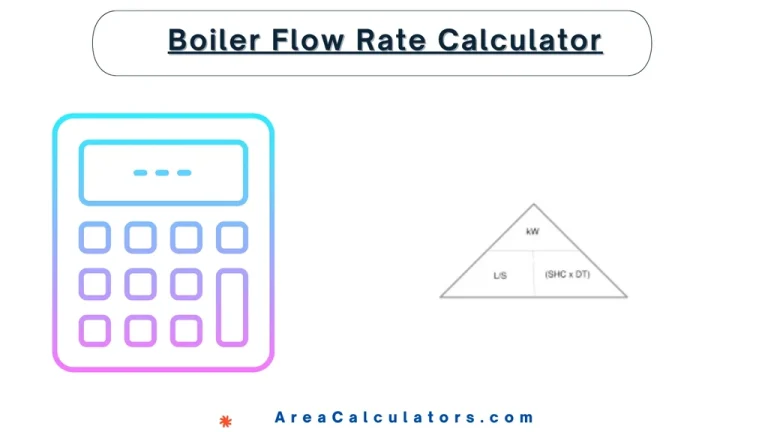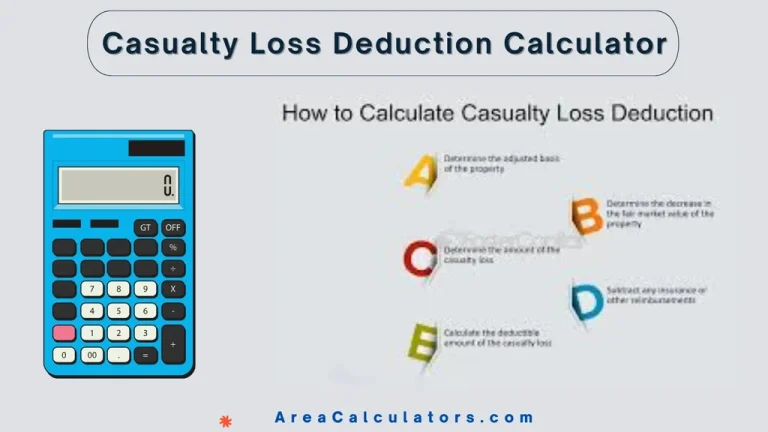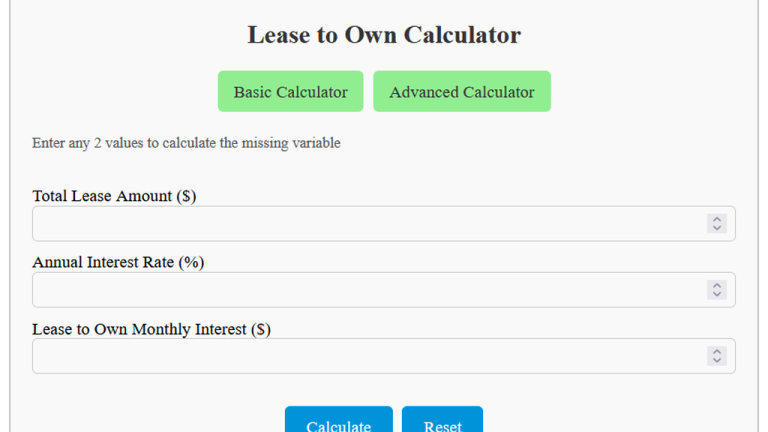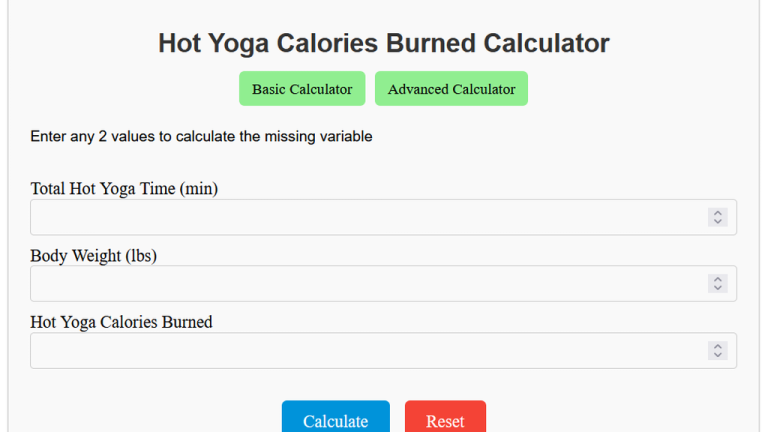Engine Hours to Miles Calculator
To convert engine hours to miles, multiply the total engine hours by 27.5, giving an estimate of the mileage.
The Engine Hours to Miles Calculator offers a straightforward way to estimate the mileage equivalent of engine hours. It is specially valuable for vehicles and machinery where engine hours are logged instead of distance.
This calculation is often applied to boats, ATVs, heavy trucks, and machinery where traditional odometers may not reflect usage accurately. Whether for tracking wear and tear, scheduling maintenance, or comparing usage, converting engine hours to miles gives insight into the overall performance and longevity of the engine.
Formula:
M = EH ∗ 27.5
| Variable | Description |
|---|---|
| M | Estimated miles |
| EH | Total engine hours |
| 27.5 | Conversion factor (average miles per hour) |
Solved Calculations:
Example 1:
| Step | Calculation |
|---|---|
| Engine Hours | 100 hours |
| Conversion | 100 * 27.5 |
| Result | 2,750 miles |
Answer: 100 engine hours is approximately 2,750 miles.
Example 2:
| Step | Calculation |
|---|---|
| Engine Hours | 300 hours |
| Conversion | 300 * 27.5 |
| Result | 8,250 miles |
Answer: 300 engine hours is approximately 8,250 miles.
What is an Engine Hours to Miles Calculator?
The Engine Hours to Miles Calculator is a practical tool. This tool serves to convert engine hours into an approximate mileage.
This conversion is useful for understanding engine wear and maintenance needs. It is chiefly useful for vehicles like boats, ATVs, and heavy-duty trucks. By calculating engine hours in miles, users can better assess usage and make informed maintenance decisions.
To measure mileage from engine hours, input the engine hours and a conversion factor representing average miles per hour for that engine type.
For instance, trucks or ATVs often use a standard factor of miles per engine hour, while boats or idle-heavy engines may require adjusted factors. This approach simplifies comparisons between vehicles where mileage and hours are both recorded.
Final Words:
In the very end, the Engine Hours to Miles Calculator provides a straightforward way to gauge engine wear, helping users manage maintenance schedules and understand the vehicle’s performance over time.






